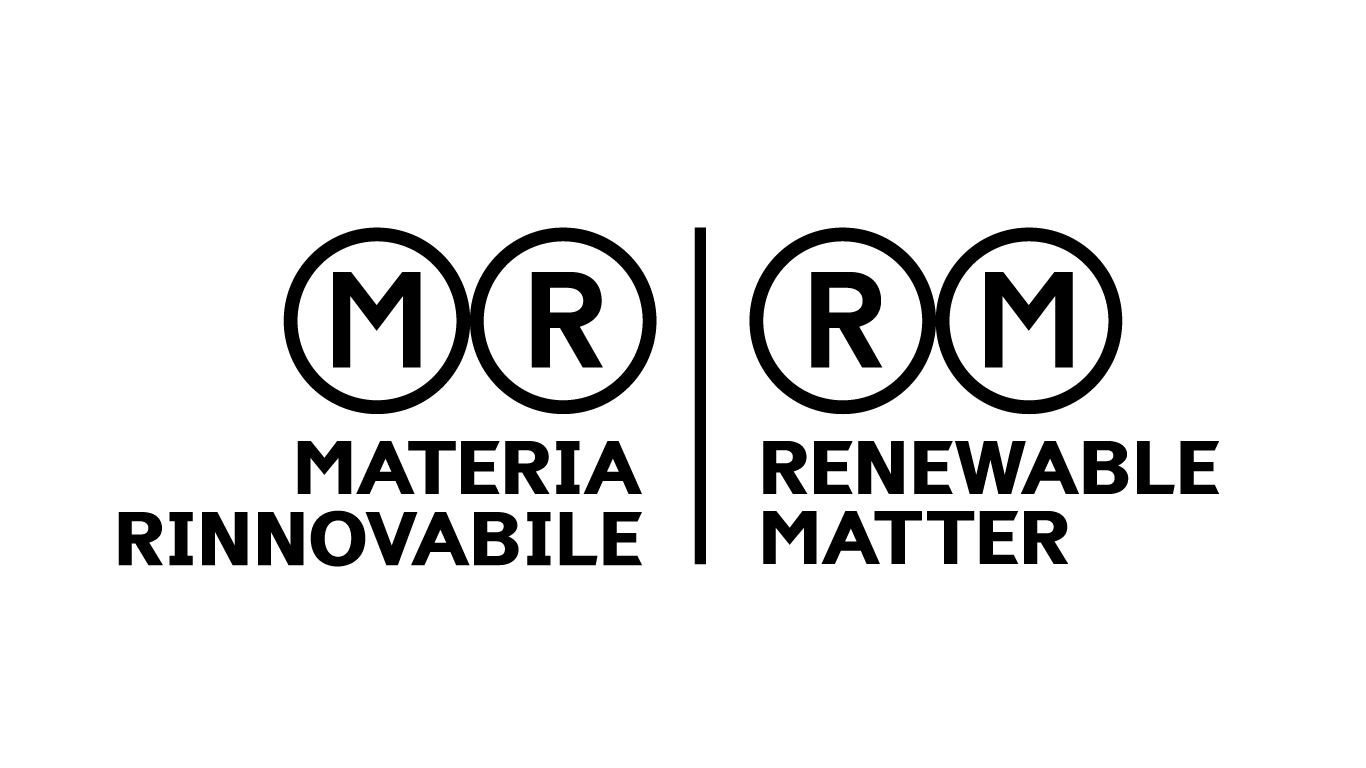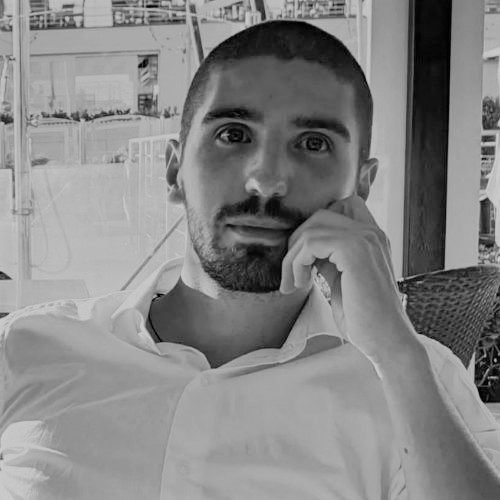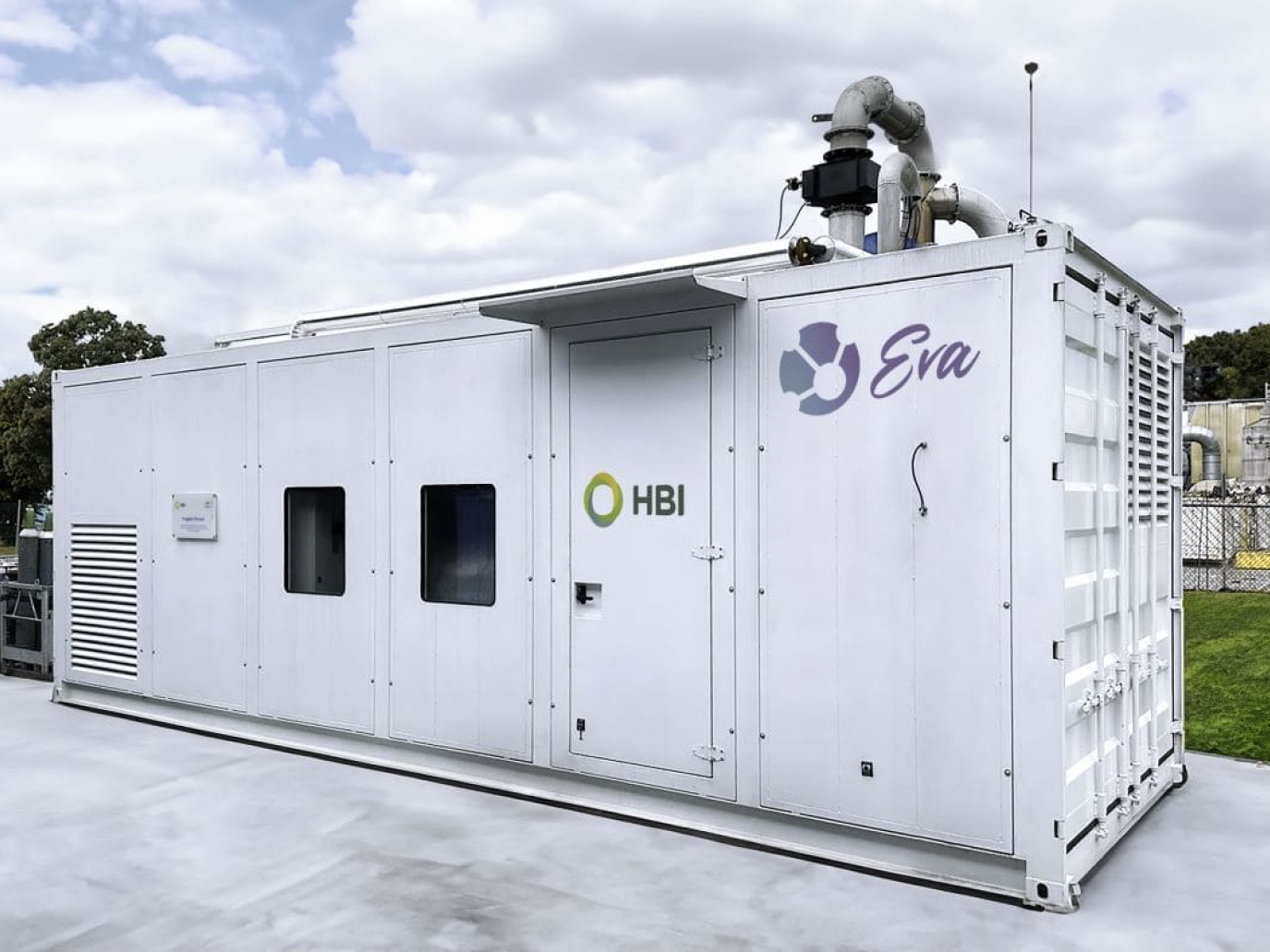This article is also available in Italian / Questo articolo è disponibile anche in italiano
The revision of the EU Urban Wastewater Treatment Directive (2024/3019) sets increasingly ambitious targets for purification systems. These are required to drastically reduce the environmental impacts, achieve energy neutrality and tackle micro-pollutants. This is radical transformation: plants will evolve into real biorefineries capable of recovering energy, water and even critical raw materials.
We talked about this with Daniele Basso, founder and CEO of HBI, an Italian company specialising in advanced technologies for sludge recovery, with already operational modules in South Tyrol and Veneto and new industrial projects in the pipeline.
The revision of the EU Urban Wastewater Treatment Directive is pushing towards smarter and more circular water cycle management. What are the opportunities?
First of all, increasing energy neutrality targets for plants are driving the development of advanced and sustainable technologies for energy recovery from sludge. Processes such as the one we have developed are moving in the direction of integrating anaerobic digestion and post-digestion residue recovery. Secondly, there is the in situ removal of emerging micropollutants such as microplastics, antibiotics, organic molecules, and PFAS. The ultimate goal is preventing leakages into downstream environmental matrices, which still occurs when conventional sludge disposal methods are adopted. The third objective is even more ambitious and it involves EU strategic resilience and independence. It concerns the recovery of critical raw materials, primarily phosphorus that can be reused for the production of sustainable fertilisers.
What is needed to realize the new targets of the Directive? According to the Blue Book 2025, published by Utilitalia and Fondazione Utilitatis, upgrading Italy's large wastewater treatment plants will require investments up to €1.5 billion – in a country where 1.3 million citizens still do not have access to wastewater treatment services. Under what conditions can this become an opportunity for a qualitative leap forward, transforming large plants into real circular biorefineries?
It is necessary to work on trust towards the regulatory and authorisation framework, aiming at facilitating and speeding up existing procedures. Similarly, work is needed on ad hoc financial instruments and the current tariff system. Different sources are needed, including the instruments provided in the recent Clean Industrial Deal. A stable framework is also paramount to favour industrial management and the aggregation of private operators capable of employing new technologies. Compliance with the new European directive will require investments well above the current average: Italy currently invests around €70 per capita per year in the water cycle. For the next ten years at least €120 per capita per year will be needed. This leap requires, and justifies, an adjustment of the tariff, which is among the lowest in Europe. Some European countries, such as Germany and the Netherlands, are already upgrading large treatment plants into multifunctional facilities that produce biomethane, recover phosphorus and even generate net electricity. Italy still faces structural delays, as shown by many costly EU infringement procedures. It has the opportunity to make a qualitative leap forward at this stage if it approaches the transition with a systemic and industrial logic.
How will the approach to the design and management of decentralised plants change now that there is talk of extending obligations to conglomerates of up to 1,000 equivalent inhabitants, rather than 2,000?
The extension would mark a further important step, recognising that environmental quality can no longer rely solely on large urban plants. This is especially relevant for Italy, characterized by a dense network of small urban centres. Decentralised systems would thus become an integral part of the European strategy. Even small-scale plants, if equipped with adequate treatment technology, can become efficient and effective, offering more flexibility to specific territorial and climatic conditions. However, clear technical and authorisation criteria are needed, and above all, industrially integrated management models based on a hub-and-spoke system that extend to the downstream agricultural product supply chain. This would ensure cost-effectiveness and continuity over time.
In this sense, what do you think of integrating nature-based solutions for widespread treatment?
Across Europe, countries such as Denmark, Sweden and Austria have long embraced decentralised approaches combined with nature-based solutions for years, integrated into a catchment-level vision. It is time for Italy to adopt this type of design and management culture, overcoming the dichotomy between “large” and “small” treatment plants. The challenge is to create a circular and widespread water system that is robust and adaptive. It must be capable of addressing climate change and growing environmental pressures, ensuring continuity and resilience in the supply of water resources and products recovered from the cycle of use, treatment and reuse.
Regarding targets for the treatment of micropollutants and emerging contaminants, what is the current state of technological availability?
The introduction of specific targets is one of the most advanced and commendable aspects of the new European Directive. it signals that today the water management must address not only the issue of quantity and availability, but increasingly the issue of quality and safety. Technologically, effective solutions already exist. But it is important to be clear on that not all technologies are the same. Only combined, modular and highly efficient approaches - such as those we have developed - are capable of selectively removing PFAS, antibiotics, microplastics and other micropollutants with consistent and replicable effectiveness.
Today, only 4% of treated wastewater is reused in Italy, but we could quickly exceed 30% and cover over 40% of national irrigation demand. Where do we need to take action to free up these volumes and make reuse a concrete resource for agriculture?
Freeing up these volumes of water requires actions on three fronts: streamlining authorisation and health procedures, upgrading treatment standards to ensure quality and trust, and supporting investment through appropriate tariffs and incentives. The technology is available, the environmental need is clear, and today the European framework is also well defined. It is now up to all of us – public and private operators and institutions – to remove the remaining barriers that are holding back the transition to a truly circular and secure water cycle.
On the sewage sludge front, what technologies are you developing at HBI to support operators in their valorisation and in closing the resource cycle for phosphorus and nitrogen?
We developed and we provide operators with solutions that go beyond mere “disposal”: we are talking about advanced treatments that can not only harness all the available energy from sludge and recover the water it contains - which would otherwise be lost - but can also recover phosphorus, nitrogen and magnesium, turning them into reusable products in agriculture or industrial cycles. Modular, compact technologies designed to integrate both into large-scale plants and decentralised contexts, aiming to close the cycle in a safe, traceable and sustainable way. Our goal is to change the paradigm of sludge, from waste to be disposed of to a strategic urban mine to harness. This approach is now fully aligned with European objectives on the circular economy, bio-based fertilisers and strategic autonomy in nutrients.
One last question. Can you tell us something more about already operational plants?
Since 2021, we successfully launched two pilot plants – one within the wastewater treatment plant in the province of Bolzano, the other outside the one in Fusina in the province of Verona. They are equipped with an integrated technological module for the treatment of dehydrated sludge up to 1,000 tons per year. The technology is flexible and scalable, and it can be used both as an addition to the existing sludge line or as a centralised hub. In 2022, it obtained ETV certification from RINA, which validated its performance: over 90% reduction in waste to be disposed of, capacity to enable treatment plants to become energy neutral and ability to recover critical raw materials such as phosphorus. Tested on sludge of different sources and seasons it demonstrated great adaptability, helping to reduce risks associated with industrial scaling-up and leading to the filing of an improved patent. Two new industrial projects, with treatment capacity of 5,000 and 7,000 tonnes per year, are currently under development and are set to start in 2026.
This content is produced thanks to the support of sponsors
Cover: HBI plant



